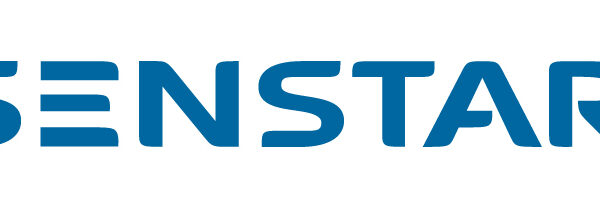After the Moon, it’s Mars that’s capturing global attention. Superpowers and private companies are in a heated race to lead an interplanetary voyage that could redefine space exploration. Behind these ambitions, a geopolitical struggle is unfolding, reminiscent of past space races.
The Technological and Political Challenge
History seems to be repeating itself. During the Cold War, the USA and the USSR were locked in a race to the Moon. The Soviets initially led with pioneering space missions, but the tide turned dramatically in 1969 when Neil Armstrong set foot on the Moon, marking a monumental victory for NASA. Today, a similar scenario is playing out, but with China emerging as a formidable contender to the United States in the quest for space dominance.
Former President Donald Trump’s declaration of the “obvious destiny” for Americans to set foot on Mars has reignited this competition. Both space agencies and private enterprises are intensifying efforts to realize their ambitious projects. Amidst the flurry of communication and genuine progress, the true potential of these endeavors remains uncertain. Nonetheless, space has once again become a critical strategic frontier.
The Challenge of Mars Travel
The primary obstacle? Travel time. A manned mission to Mars currently requires a six-month journey to the Red Planet, a year-long stay to await planetary realignment, and a six-month return trip. This odyssey, spanning over two years, poses significant risks: prolonged radiation exposure, microgravity’s adverse effects on the human body, and complex logistical challenges. The question remains: how can we improve this?
Revolutionizing Space Travel: Nuclear Propulsion
For decades, NASA has been developing an engine that surpasses traditional chemical propulsion in speed and efficiency. One promising solution is nuclear thermal propulsion (NTP). This technology involves heating a gas, typically hydrogen, in a nuclear reactor and expelling it at high speed to produce a powerful thrust. With NTP, a journey to Mars could be reduced to just 45 days.
General Atomics, a leader in nuclear research, recently announced a significant breakthrough in this technology. Scott Forney, President of GA-EMS, expressed optimism about the latest tests, stating,
“We are very encouraged by these positive results proving that the fuel can survive these operating conditions, bringing us closer to the realization of safe and reliable nuclear thermal propulsion for cislunar and deep space missions.”
The DRACO Program and Future Prospects
The DRACO program, a collaboration between NASA and DARPA, aims to demonstrate an NTP engine by 2027. However, challenges persist, including the development of ultra-resistant materials, effective heat management in space, and ensuring astronaut safety with an onboard nuclear reactor.
Meanwhile, SpaceX is advancing its chemical propulsion technology with the Starship rocket, designed for interplanetary missions. Although Elon Musk leads in reusable launchers, the viability of nuclear propulsion could introduce unexpected competition. Additionally, China’s ambition for a manned Mars mission by 2033 intensifies the rivalry with the United States. This time, predicting the first to reach Mars is no easy feat.
Implications and Future Outlook
The development of nuclear propulsion not only promises to shorten travel times but also opens new possibilities for deep space exploration. As nations and private companies continue to push the boundaries of technology, the geopolitical landscape of space exploration is set to evolve dramatically.
Looking ahead, the realization of nuclear propulsion could redefine human capability in space, paving the way for more sustainable and efficient missions beyond Earth’s orbit. As the race to Mars heats up, the world watches closely, eager to witness the next giant leap in space exploration.




































































